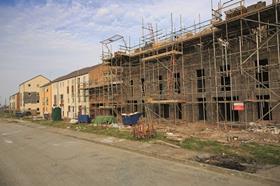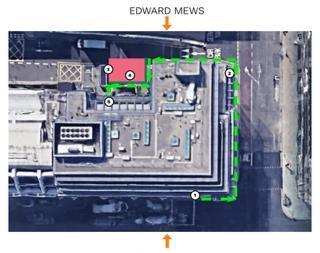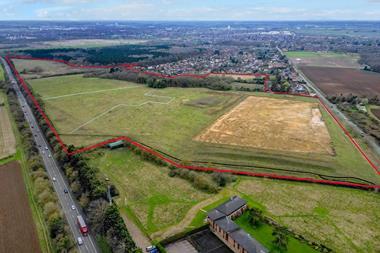It is a scenario that is fairly commonplace in the UK: a landowner minding their own business will one day be approached by a larger developer, offering a significant sum of money for part or all of their land.

Torn between a figure that, on paper, is too good to turn down and the prospect of giving up the family estate, this can be an extremely stressful situation. Often, bullish tactics will get developers only so far and getting the best end result requires both parties to work together.
Developers face a tough challenge. Commercial pressure to deliver schemes across the country, combined with the need to source land sometimes means that pushy tactics may be employed, which can catch landowners off guard. Approaches such as buying strategic access sites which are at risk, well ahead of schemes being approved; researching landowners who may be more receptive to offers and looking at strategic long-term land assembly to offer key landowners exclusivity agreements are standard across the industry. However, such processes can often prove difficult to navigate for the party selling the land.

Pushing landowners too hard for an option agreement can be detrimental to the scheme as a whole and sensible developers will know that this approach is unlikely to yield the best result. Here is where David and Goliath must begin to work together and inviting the landowner to be part of the process from the start, before making an appropriate offer around an option agreement, is a good first step.
Being included at the start of the process also allows the landowner to assess the credentials of the developer, for example checking that they have a realistic scheme in mind and suitable funds to deliver on their promises. Landowners should also check that the developer has a credible track record for delivering similar schemes, an appropriate team of experts around them and that they will ultimately be able to secure consent for the scheme.
Joint victories
The solution which suits all parties is for the landowner to secure the best price, and for the developer to get a satisfactory consent for the scheme in a cost effective and timely manner. Collaboration is the key. Keeping the landowner on side is essential and particularly in the early stages, they can be powerful advocates.
The knowledge that can be gained from someone who has occupied the land for a number of years is invaluable for any developer. This may include insights into potential constraints or opportunities which may affect the application process, something which is becoming especially important due to the increased emphasis on improving and extending the ecological footprint of sites.
This idea of collaboration is mirrored in the increasing numbers of joint ventures undertaken by landowners and developers, where strong-arm tactics have given way to a mutually-beneficial approach. The key milestone in the evolution of any development – and the trigger for sale - is gaining consent for an approved scheme. Often, both landowner and developer will hold pieces of the jigsaw which fit together to form the solution.
David may have beaten Goliath in days gone by, but in the world of commercial and residential development, the giant and the underdog should really be working together, sharing skills and pooling expertise at every opportunity in order to reach a beneficial solution for all parties.
Martin Jones, partner and head of the national projects and infrastructure group at Shakespeare Martineau































No comments yet